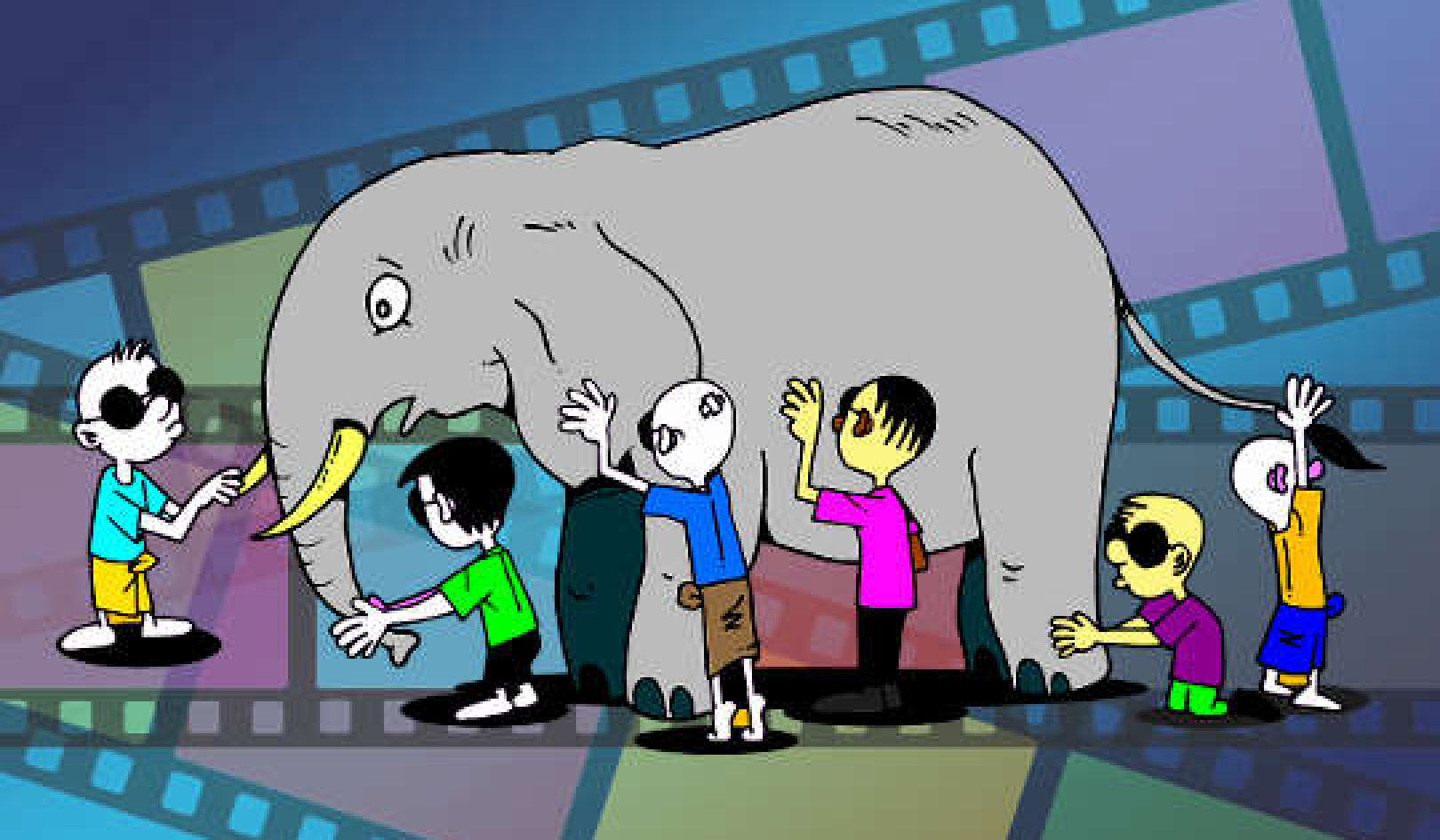
Guy Ritchie’s The Gentlemen (2024) is the latest series to reimagine the age-old trope with which it shares its name.
So what exactly is a “gentleman”? And why has this trope remained so pervasive throughout history, both off and onscreen? Psychology provides some answers.
The origins of the gentleman
The term comes from Middle English, spoken in England from about 1100 to 1500. It relates to the English gentry, which was the class below nobility but above farmers, and is a direct translation of the earlier French term gentilz hom, denoting a man of high status.
Studies of linguistic psychology from the 1980s found the word “gentleman” is associated with higher competence and warmth, and rated as having more positive connotations, including of goodness and morality, than just “man”.
Today, the concept of the gentleman remains ingrained in Western culture and is widely reflected in film and television. And while it could be considered outdated (given its association with class), there are many positive lessons we can learn by delving into the psychology and representation of this ideal.
A gentleman is power restrained
We’ve seen countless gentlemen characters feature in popular shows such as Suits, Mad Men, Sherlock, Highlander and Downton Abbey, to name a few. And all of these characters share the common trait of having some form of power – whether it be physical, political, economic or social.
Onscreen gentleman show us real power is restrained. In the first episode of The Gentlemen, although Eddie (Theo James) is combat-trained, he restrains himself from violence, even when mugged or threatened by thugs. This portrayal is rooted in the historical notion of the “gent” as a man of authority whom others ask for help. (The fact that his character is later corrupted remains a different story.)
Physical restraint requires emotional restraint, or avoiding extreme emotional reactivity in adverse situations. Psychology studies indicate men who demonstrate emotional restraint are viewed as more intelligent and competent. Restrained power fits neatly into the gentleman trope and is considered a positive value in Western culture.
Another example of restrained power is seen is the character Harvey Specter, from Suits (2011-19). As a boxer, Harvey is physically strong, but he also commands power through his wealth and skills as a lawyer. While he leverages his reputation in aggressive legal tactics, this is often done to help less privileged clients fight corporations.
Other examples are Mycroft Holmes from Sherlock, Aziraphale from Good Omens and Raymond Reddington from The Blacklist.
A gentleman has honour
Another trait shared by gentleman characters is “honour”. Cultural psychology has defined honour as maintaining reputational status through “integrity, honesty, being true to one’s principles […] not tolerating disrespect and insults, and protecting oneself and one’s family, group or clan from face loss and reputational harm”.
This is exemplified in Jamie Fraser from Outlander (2014–ongoing), who is consistently loyal to his family. He also embodies physical strength and political authority as the lard (chief) when fighting for Scotland and his clan. John Watson from Sherlock, Jim Halpert from The Office (US) and Agent Leroy Jethro Gibbs from NCIS also come to mind.
These characters can help to remind young boys and men of a pervasive cultural logic: that their behaviours determine their social acceptance, and that using their skills and strengths for others’ benefit will positively impact how others perceive them.
A gentleman is clever
A third quality of the gentleman is that of mastery or cleverness. In the new series Shōgun (2024), a Japanese feudal lord called Yoshii Toranaga (Hiroyuki Sanada) shows great cleverness in evading his enemies. Early on in the series, he says:
A leader must write clearly and beautifully. He must be the very best in all things.
This demonstrates one aspect of our cultural understanding of the “gentleman”, wherein we associate competence and intelligence with power.
Patrick Jane from The Mentalist also typifies this through his ability to cleverly gain information from criminal suspects.
We don’t have to delve far into psychology to understand why intelligence is a likeable trait. It helps us learn from experience, solve problems and adapt to new situations, benefiting both us and the people we associate with.
What we can learn from onscreen gentlemen
The gentleman can be considered an archetypal figure: an ideal example of a certain kind of person that we can all recognise. The reason for our universal recognition of such archetypes comes from psychologist Carl Jung’s (1875-1961) idea of the “collective unconscious”.
Jung theorised certain types of characters or concepts represented in images (such as in art or on TV) are innately recognised by humans, rather than consciously learned (and rejected the idea that people are born as a blank slate). These concepts, he said, provide a framework to interpret the world that’s shared across peoples and cultures.
Of the 12 archetypes Jung proposed, the gentleman could be considered an example of “the ruler” – a person driven by their desire to control in order to somehow help or provide for their clan or community. Others include the “trickster/jester” and “the sage”.
The application of archetypes to onscreen characters is well established. Depictions of a “ruler” provide a short-hand to represent the world. In recognising them, viewers can tap into their own innate understanding of particular patterns of behaviour.
Gentleman characters represent an ideal of positive masculine behaviour, embodying honour, strength and cleverness in their actions, which are generally directed at helping others.
And while the class-based roots of this concept can’t be ignored, delving into the underlying psychology at play reminds us we could all learn a thing or two from this trope.![]()
Jayden Greenwell-Barnden, Cognitive Psychology Researcher, The University of Western Australia
This article is republished from The Conversation under a Creative Commons license. Read the original article.

Related Books:
Atomic Habits: An Easy & Proven Way to Build Good Habits & Break Bad Ones
by James Clear
Atomic Habits provides practical advice for developing good habits and breaking bad ones, based on scientific research on behavior change.
Click for more info or to order
The Four Tendencies: The Indispensable Personality Profiles That Reveal How to Make Your Life Better (and Other People's Lives Better, Too)
by Gretchen Rubin
The Four Tendencies identifies four personality types and explains how understanding your own tendencies can help you improve your relationships, work habits, and overall happiness.
Click for more info or to order
Think Again: The Power of Knowing What You Don't Know
by Adam Grant
Think Again explores how people can change their minds and attitudes, and offers strategies for improving critical thinking and decision making.
Click for more info or to order
The Body Keeps the Score: Brain, Mind, and Body in the Healing of Trauma
by Bessel van der Kolk
The Body Keeps the Score discusses the connection between trauma and physical health, and offers insights into how trauma can be treated and healed.
Click for more info or to order
The Psychology of Money: Timeless lessons on wealth, greed, and happiness
by Morgan Housel
The Psychology of Money examines the ways in which our attitudes and behaviors around money can shape our financial success and overall well-being.






















